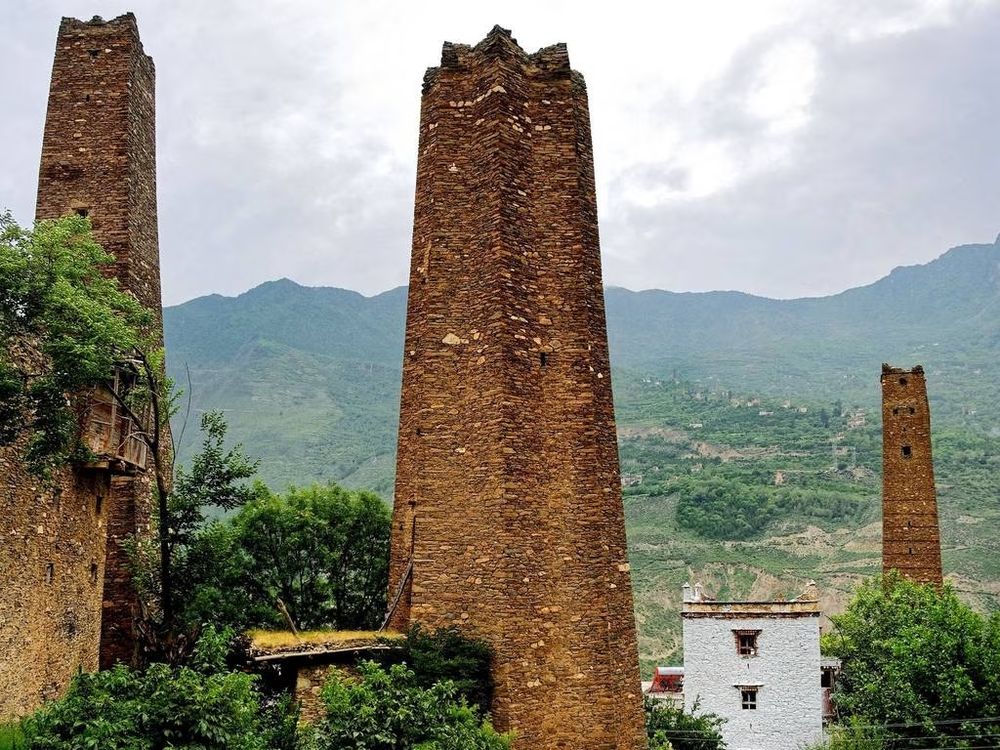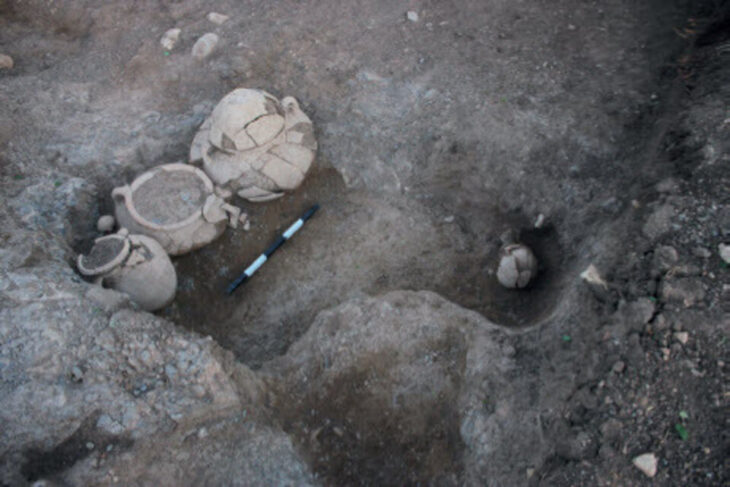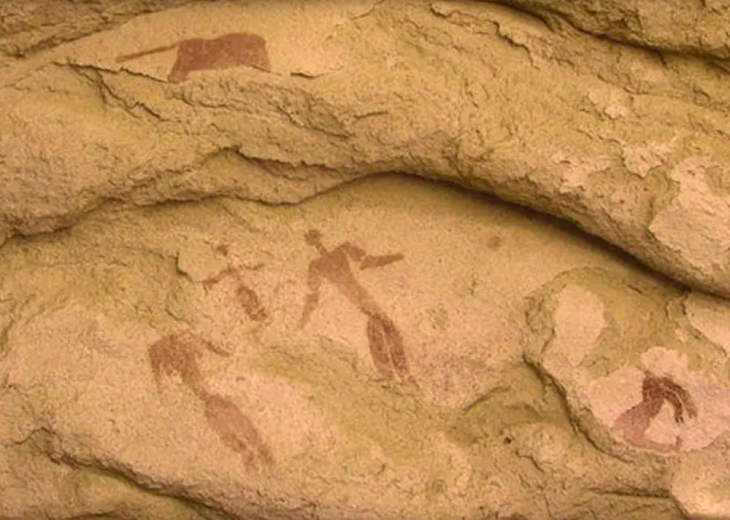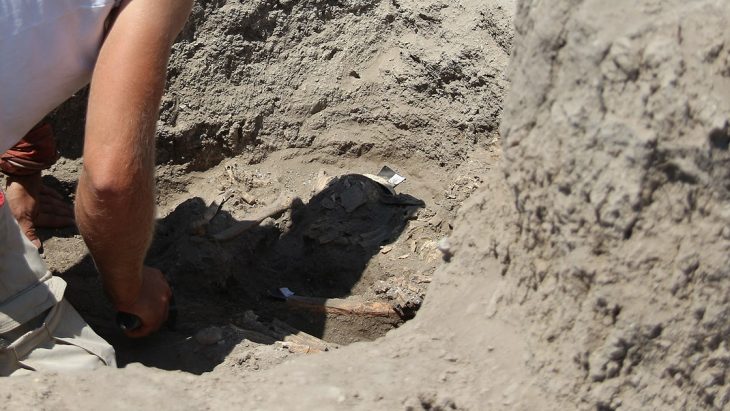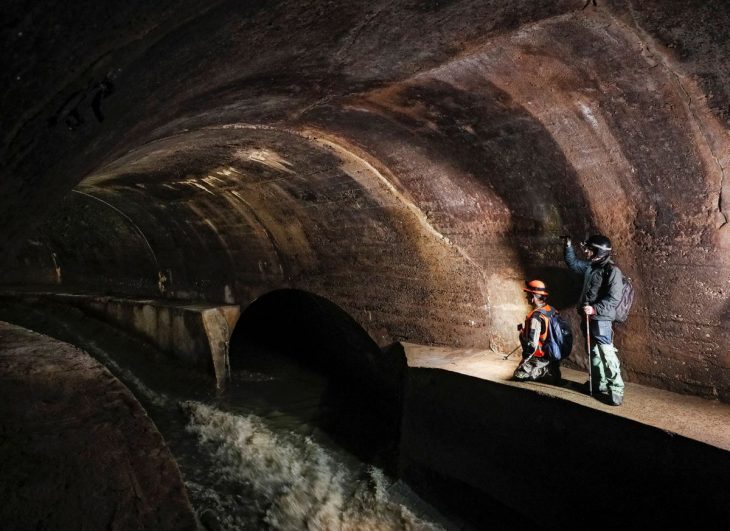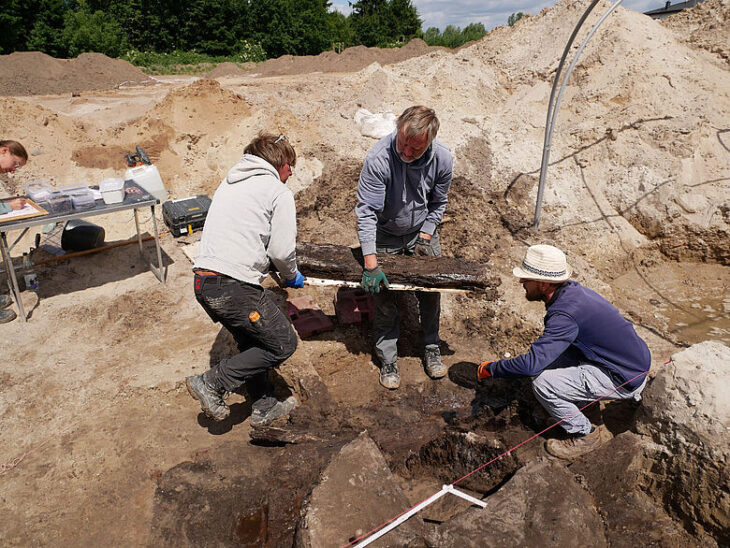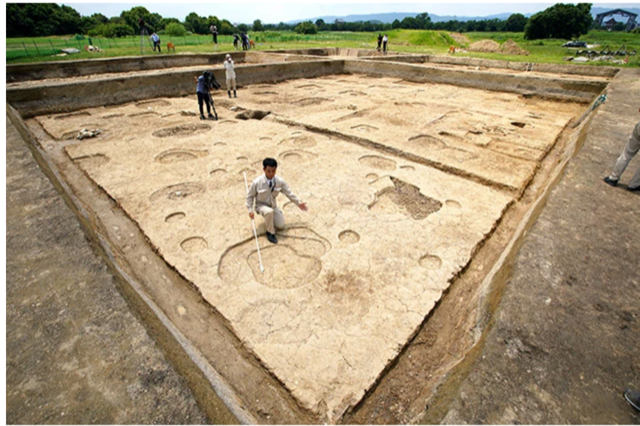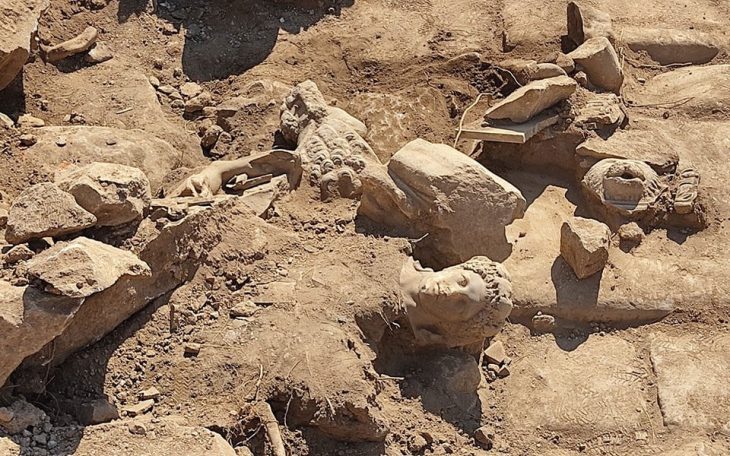In the remote and rugged landscapes of the Himalayas, a series of enigmatic structures known as the Himalayan Towers, or Stone Star-Shaped Towers, rise majestically against the sky.
These monumental structures, numbering around 250 and reaching heights of up to 200 feet (60 meter), pierce the skyline of Sichuan Province and the Tibet Autonomous Region, their silent presence sparking curiosity and wonder in all who encounter them.
For centuries, these robust edifices of stone, brick, and timber have stood resilient against the elements and even the tremors of the earth, thanks to a unique earthquake-proofing technique of interspersing wood within their walls. Appearing in diverse forms – square, polygonal, and strikingly star-shaped with varying numbers of points – the towers punctuate both bustling villages and remote, uninhabited regions, their stoic grandeur a testament to a long-lost era.
Remarkably, the true origins and purpose of these architectural marvels remain shrouded in mystery. First documented during China’s Ming Dynasty (1368-1644), the towers were largely unknown to mainstream cultural experts within China itself until their inclusion on the World Monuments Fund’s endangered cultural sites list in 2006. This very obscurity adds to their allure, turning them into a compelling puzzle for historians and archaeologists alike.
While definitive answers elude us, scholars have proposed several theories regarding their function. Given their presence in prosperous villages, one prominent belief is that the towers served as potent symbols of a family’s wealth and prestige, especially during a time when trade with the Mongols brought prosperity to the region. Their imposing height and intricate star-shaped designs, offering structural strength, would have undoubtedly made a powerful statement within the community.
📣 Our WhatsApp channel is now LIVE! Stay up-to-date with the latest news and updates, just click here to follow us on WhatsApp and never miss a thing!!
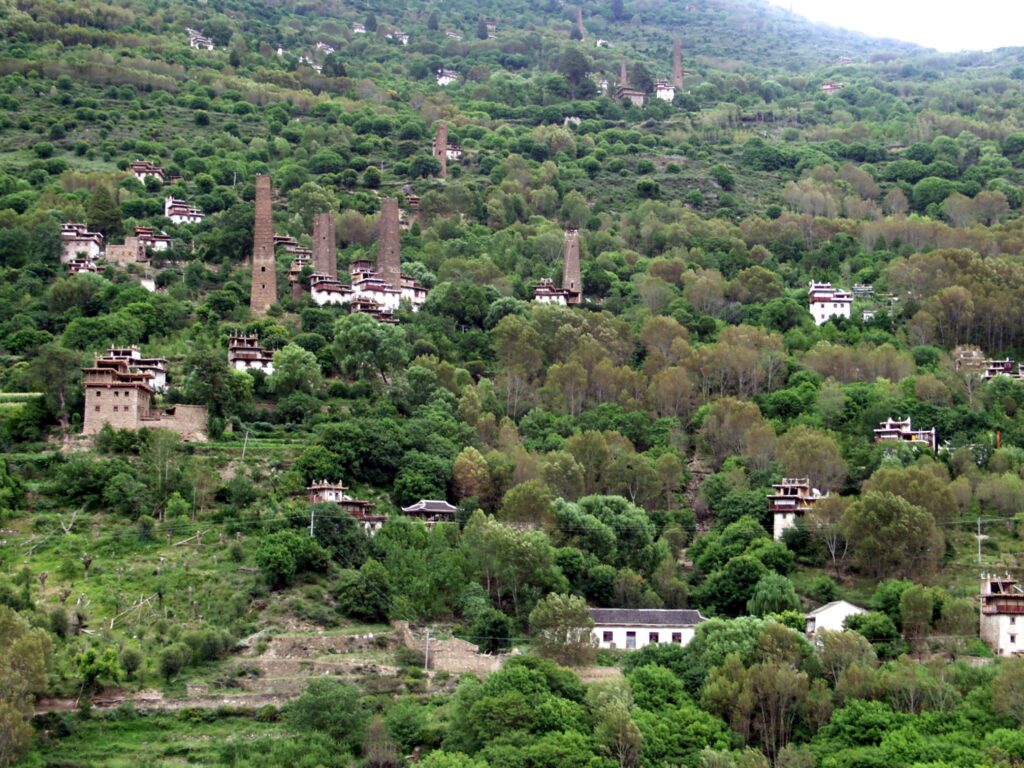
Others suggest more practical applications. Some towers, strategically located along ancient trade routes with entrances high above ground, might have functioned as watchtowers, offering vantage points over the surrounding valleys. In certain areas like Miniak, this defensive or surveillance role seems particularly plausible. Conversely, in regions like Kongpo and Damba, the prevailing narrative leans towards their role as status symbols, perhaps erected by those who amassed wealth through trade.
The lack of local historical accounts adds another layer of intrigue. As French explorer Frederique Darragon, who brought these towers to international attention in 1998, discovered, even those living in the shadow of these structures possess no collective memory of their builders or their original intent. This knowledge, Darragon suggests, may have been lost over time due to the region’s fragmented geography and the isolation of its diverse mountain tribes, leading to a divergence and potential disappearance of oral traditions.
Scholars speculate that these structures were built between A.D. 200 and 1400, potentially serving various functions such as storage, defensive posts, and status symbols for wealthy families. However, Frederique Darragon’s extensive research, including radiocarbon dating of wooden beams within the towers, places their construction approximately between 600 and 1,000 years ago. These findings align with the broader timeframe suggested by scholars, indicating that the towers likely emerged and served their various purposes within this later period of the speculated range.
Darragon’s dedication to understanding these enigmatic structures has been instrumental in advocating for their preservation. The inclusion of the Stone Towers of Southwest China on the 2006 World Monuments Watch list was a crucial step, raising awareness and spurring conservation efforts for structures often left vulnerable to vandalism, neglect, and the relentless forces of nature. The lack of roofs on many towers, for instance, allows rainwater to seep in, threatening the stability of their foundations.

Today, there is a growing movement among locals to have the towers and their surrounding landscape recognized as a UNESCO World Heritage Site. Such a designation would not only provide much-needed resources for the repair and conservation of these invaluable historical artifacts but also potentially boost the regional economy through increased tourism.
The Himalayan Towers stand as silent witnesses to a rich and complex past, offering tantalizing glimpses into civilizations that thrived in this remote corner of the world. Their very existence underscores the importance of preserving these physical remnants, which may hold crucial clues to the unwritten histories of the region’s minority ethnic groups. As researchers continue to study these magnificent stone sentinels, we can only hope that the whispers of their stones will one day reveal the full story of their mysterious origins and purpose, adding another fascinating chapter to the tapestry man history.

